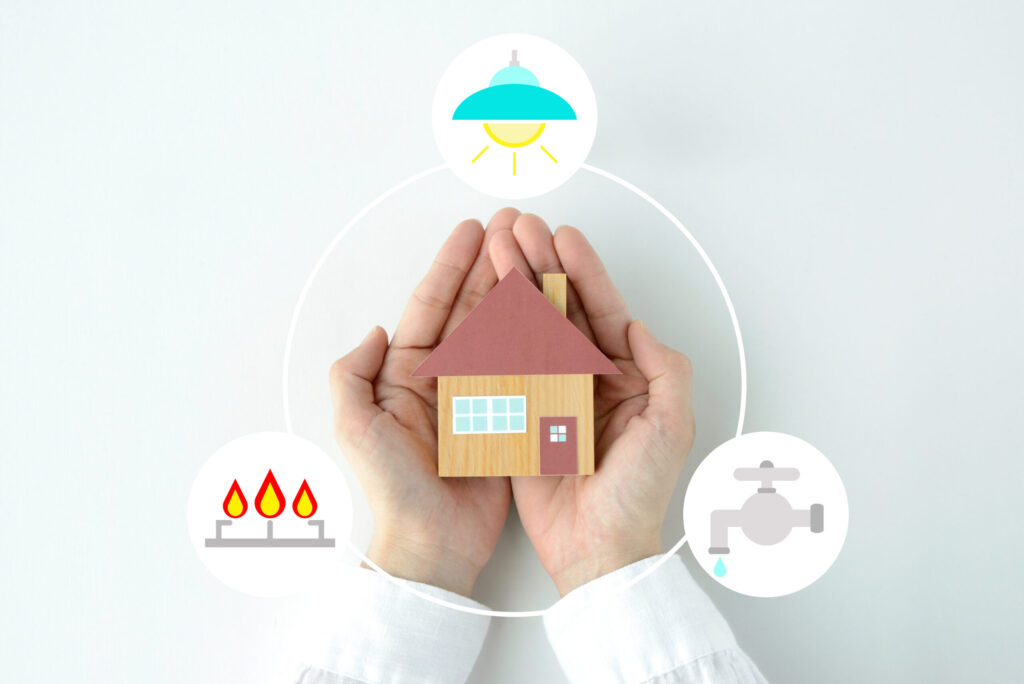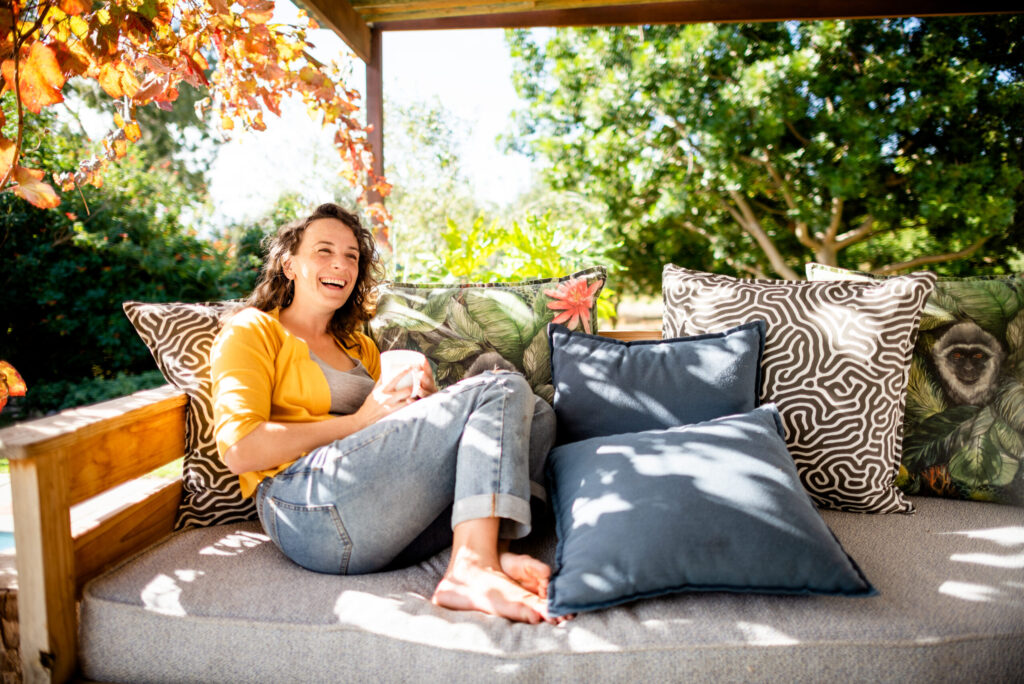The Best Way to Keep Out Pests From Your Home
Home > The Best Way to Keep Out Pests From Your Home
Designed to be nearly invisible, screen doors aren’t something we think about until we’re right about to accidentally walk through them. Quite possibly the most unsung hero in a home, screens don’t just protect us from pests and the elements but keep our loved ones safe inside as well. Screens prevent pets from wandering out of the house, all while sparing us from having to use the air conditioning every time.
These days, however, pest control is more crucial than it may seem. For instance, while little is still known about the emerging threat of monkeypox, mosquitos have been found to transmit smallpox, which is a similar virus. Before more research can be done on the virology of monkeypox and how exactly its transmission works, taking preventative steps such as a screen door or window can do wonders to mitigate the risk of contagion.
Pest control starts with pet control.
Unless you’re a serial desk eater, the reality is that insects usually only take an interest in an area when there’s food left out for periods of time. Food bowls for pets are a common issue when it comes to potential infestations, and a well-placed screen setup can keep the scent of your animal’s meals under the radar.
A custom-built installation that Screenmobile provides is a Catio, which can be anything from a pet-resistant screen enclosure for your new or existing porch to a separate structure intended just for your cat or dog to get a taste of the outdoors. With versatile screen materials to choose from, such as fiberglass or vinyl, We can even provide an arched tunnel leading out to an external pet enclosure in the backyard.
Screenmobile uses an innovative system known as Screeneze, which avoids the use of splines or rubber liners to attach a screen to its frame. This is a feature that can make all the difference when it comes to cat owners, who know all too well how long those rubber strips will last once a cat notices them.
While flaps are the most convenient type of doorway for pets, they leave a home open to predators and are really not the best way to keep smaller pests out of your house, either. Screenmobile offers specialized pet doors designed to align with any door application.
For outdoor cats that absolutely insist on living the nightlife, installing a simple screen around the legs of a balcony or wooden roof lattice (on a veranda) would allow them a last-minute opportunity to escape a coyote or other predator.
However, while monkeypox may not be an issue with pets, please keep in mind that other diseases, including COVID, are known to be transmittable amongst animals, according to the Centers for Disease Control and Prevention (CDC), making a screen enclosure an apt precaution for your pet’s health and safety (even if it’s not six feet away from the house).
If a pet’s food debris being stuck to the screen itself is attracting insects, it’s worth exploring a more easily cleanable material or screen size.
Screening your Garden
Sometimes, the best way to keep pests out of the house lies just outside of it. Wrapping a screen enclosure around one’s garden area can prevent pests from frequenting plants and then into the house.
While produce and pet food is arguably the most common issue when keeping a home pest free, another one of the major problem areas is a home’s temperature itself.
When it comes to screens, the sky’s the limit for us
A common food source for pests is mold, which flourishes in dark, hot and humid environments. Places with high humidity, like bathrooms, usually benefit the most from the addition of a screen in lieu of a window (for bathroom walls inside of a home).
One of the more unorthodox, although effective, ways of venting heat and moisture from a room is via the use of skylight screens. Reducing the buildup of mold will do wonders to prevent ants from ravaging both your home and mental health. If you feel ready to explore your options with Screenmobile or would just like to learn more, feel free to set up a free consultation.
We are America's Neighborhood Screen Stores®
Request a Free Estimate
Complete the form below, and we will contact you to arrange a free estimate for your home.
Screenmobile.com uses cookies to improve your experience on our website. These cookies help analyze our site traffic, understand where our visitors are coming from, and may share your information with partner companies. By browsing our website, you agree to our use of cookies. Learn More.
Don’t Miss Our Latest News and Ideas for Your Home
Use the button below to sign-up for our newsletter.



